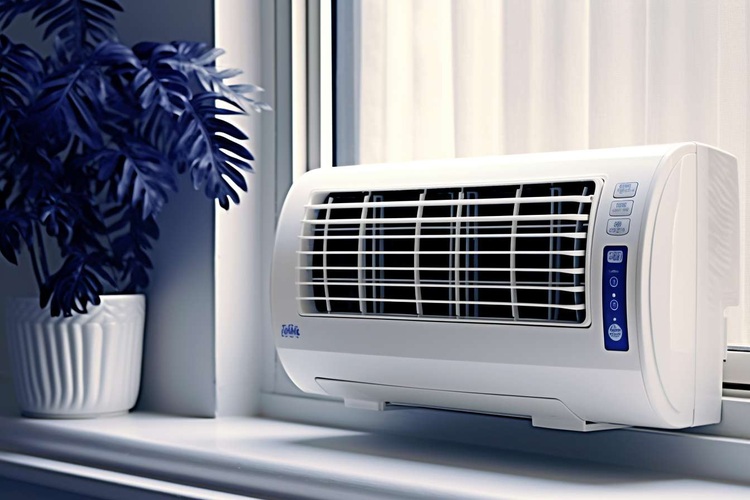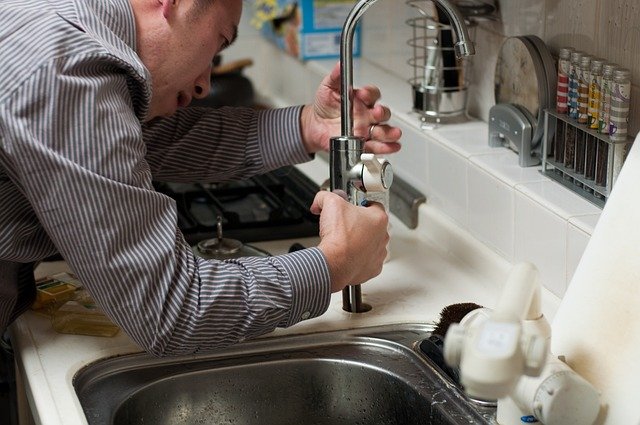Portable air conditioner: guide to cooling your home in summer
A portable air conditioner can be a practical solution when fixed systems are impractical or when temporary cooling is needed. This guide explains how portable units work, what to consider for effective cooling in your home during summer, energy and maintenance factors, and how different models compare on features and likely costs.

What is a portable air conditioner?
A portable air conditioner is a self-contained cooling unit that can be moved between rooms without permanent installation. Unlike window or split systems, portable units typically have an exhaust hose that vents warm air through a window or a small opening. They offer flexibility for renters, small flats, or rooms where adding a fixed air conditioner is costly or not possible. Typical capacities range from cooling single rooms to medium-sized living spaces.
How does portable cooling work?
Portable cooling works by extracting warm air from the room, passing it over a refrigerant coil to remove heat and moisture, then expelling the cooled air back into the room while venting the extracted heat through the exhaust hose. Many units include dehumidifying and fan modes, which can improve perceived comfort even at higher thermostat settings. Proper venting and ensuring the hose is as short and straight as possible helps maintain efficiency and optimal cooling performance.
Choosing a portable unit for your home
When selecting a portable air conditioner for home use, consider room size, British Thermal Units (BTU) or equivalent cooling capacity, energy efficiency, and additional features such as timers, remote control, and dehumidification. Measure the room’s square metres and check manufacturer guidance for recommended capacity. Also assess whether you need caster wheels for mobility, washable filters for easy maintenance, and whether the unit supports continuous drainage or requires manual water emptying.
Energy, noise and maintenance in summer
Portable units can be less efficient than fixed split systems, so check energy ratings and seasonal performance indicators where available. Noise levels vary; some models are quieter and better suited to bedrooms. Regular maintenance includes cleaning or replacing filters, emptying condensate trays if not self-evaporating, and ensuring vents and hoses are free from obstructions. During summer, running a portable unit with sensible thermostat settings and shading windows helps reduce energy consumption while maintaining comfort.
Installation and placement in your home
Proper placement affects cooling effectiveness: place the unit on a flat surface near a window for venting, away from direct sunlight and heat sources. Ensure the exhaust hose has a straight run to the window kit or vent opening and avoid long, kinked hoses that reduce efficiency. Some units come with adjustable window kits for sash or casement windows; others may need a custom-fit panel. For multi-room cooling, portable units are best used for single-room solutions or to supplement other systems.
Before the comparison table below, here are practical cost insights: portable air conditioner prices vary by capacity, brand, and features. In the UK market, entry-level small-room units often start in the lower hundreds of pounds, while higher-capacity or low-noise models can approach mid-range prices. Running costs depend on power consumption (kW), usage hours, and local electricity rates; look for energy labels and estimated power draw to model likely bills.
| Product/Service Name | Provider | Key Features | Cost Estimation |
|---|---|---|---|
| Pinguino portable air conditioner | De’Longhi | Multiple modes, digital controls, suitable for medium rooms | £400–£700 |
| Portable air conditioner (10–12k BTU) | Honeywell | Compact, dehumidifier function, caster wheels | £300–£500 |
| MeacoMobil portable AC | Meaco | Designed for UK conditions, quiet operation, washable filters | £350–£600 |
| U-shaped portable AC / inverter | Midea | Modern designs, inverter efficiency, low noise | £400–£650 |
Prices, rates, or cost estimates mentioned in this article are based on the latest available information but may change over time. Independent research is advised before making financial decisions.
Conclusion
A portable air conditioner can provide focused cooling for rooms where permanent installations are impractical, offering flexibility for summer comfort in your home. Consider room size, energy use, noise, and venting requirements when choosing a unit, and compare real product specifications and running costs to find the most suitable option for your circumstances.






